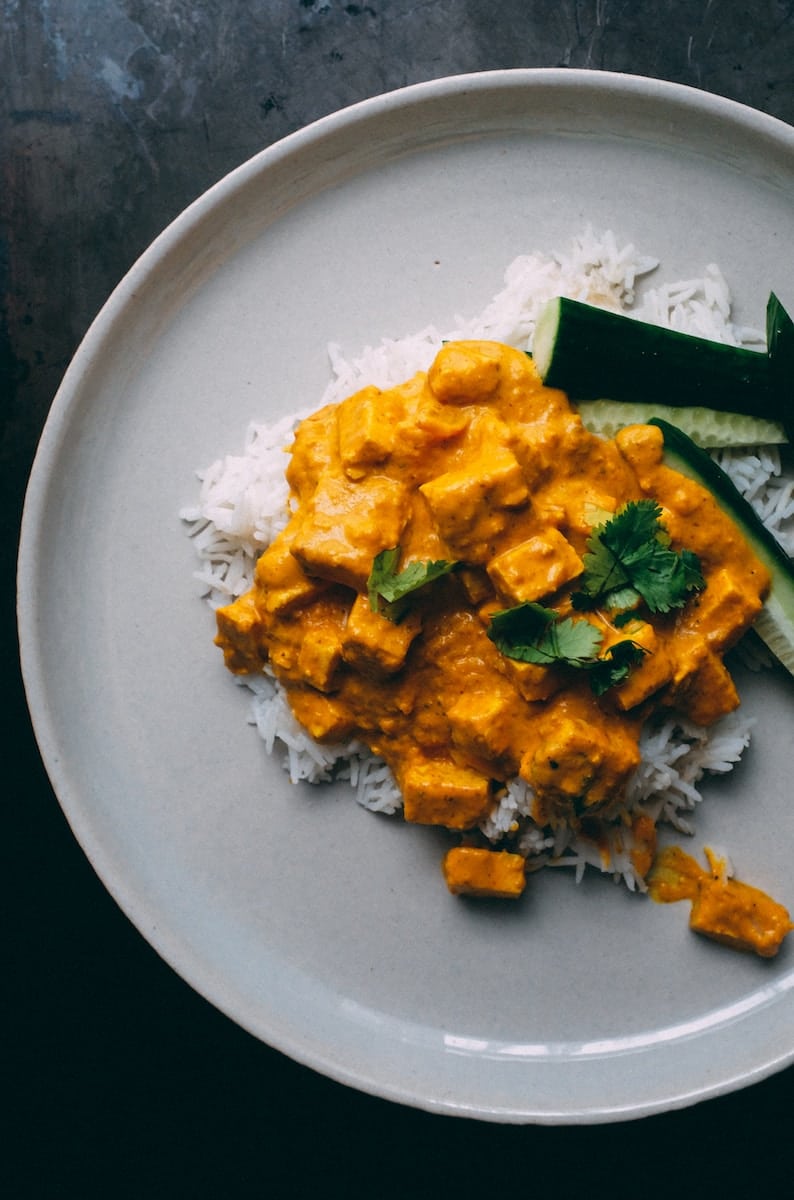Mastering the basics of indian curry

Indian cuisine is a rich tapestry of flavors, colors, and aromas. At the heart of this cuisine lies a tantalizing array of spices, each delivering unique flavors and properties. Curry is a significant dish in Indian cuisine, varying from region to region, but always featuring a blend of carefully selected spices. This article will take a journey through the world of Indian curry, covering the basics of the spices used, how to prepare a traditional curry, and some popular Indian recipes.
The Importance of Spices in Indian Curry
To cook an Indian curry, understanding the spices is your first step. Each spice, whether it’s cumin seeds, garlic, or masala, plays a crucial role in the flavor and aroma of the curry. In this section, we’ll dissect the importance of each spice and how it’s used in Indian cooking.
A voir aussi : The art of making traditional indian sweets
Cumin
Cumin is a common spice in Indian food, often used as a base flavor. Ground cumin or cumin seeds are typically toasted before being added to a dish to release their aromatic oils. This spice offers a warm, earthy flavor that’s essential in many curry recipes.
Garlic
No Indian curry dish is complete without garlic. Along with its health benefits, garlic adds a pungent and slightly sweet flavor that complements other spices. It’s usually crushed or minced before it’s added to the oil in the cooking process.
A lire également : The art of vegan baking: delicious and dairy-free
Garam Masala
Garam Masala is a blend of ground spices used throughout India. The actual mix can vary between different households and regions but typically includes cumin, coriander, cardamom, black pepper, cinnamon, cloves, and nutmeg. It’s used in various dishes for adding warmth and depth of flavor.
Steps to Cook a Chicken Curry
The process of cooking Indian curry is an art that involves a careful balance of spices, heat, and time. Here is a basic guide on how to cook a chicken curry.
Firstly, heat some oil in a pan and add cumin seeds. Once they start to splutter, it’s time to add onions. Cook until they’re golden brown, then add the garlic and ginger, sautéing until their raw smell disappears.
Next, add your chicken pieces to the pan. It’s important to brown the chicken thoroughly on all sides, as this will lock in the flavor. Following this step, you can start to add your spices. A common combination is turmeric powder, chili powder, coriander powder, and garam masala. Make sure to stir the spices in well, allowing them to coat the chicken and onions.
Then, add tomatoes and salt to the pan. The acidity of the tomatoes helps to balance the heat and flavors from the spices. Cook this mixture until the tomatoes break down and blend with the spices, forming a thick sauce.
Finally, add water and let the curry simmer on low heat until the chicken is well cooked. The goal is to create a rich and robust gravy that coats the chicken pieces.
Popular Indian Curry Recipes
After mastering the basics of Indian curry, you’ll be ready to explore some traditional Indian recipes. Here are a few popular dishes to try.
Chicken Tikka Masala
Chicken Tikka Masala is a crowd favorite and a great introduction to Indian cuisine. It features marinated chicken pieces cooked in a rich, creamy tomato sauce. The chicken is typically marinated in yogurt and spices, then grilled before being added to the sauce. This dish is perfect for pairing with naan or rice.
Lamb Rogan Josh
Originating from the Kashmir region, Lamb Rogan Josh is a hearty and flavorful dish. It’s characterized by its rich, red sauce, the color of which comes from the combination of Kashmiri red chillies and tomatoes. The lamb is slow-cooked in this sauce, allowing it to absorb all the flavors and become tender.
Chana Masala
Chana Masala is a popular vegetarian curry dish, featuring chickpeas cooked in a flavorful, spicy sauce. It’s a staple in North Indian cuisine and is typically served with rice or chapati (Indian bread).
How to Store and Use Leftover Curry
Leftovers are a common occurrence when cooking curry, but they needn’t go to waste. Stored correctly, leftover curry can be even more flavorful the next day as the spices have more time to meld together.
To store leftover curry, allow it to cool completely before transferring it to an airtight container. Refrigerate it within two hours of cooking to reduce the risk of bacterial growth. When reheating, ensure it’s heated thoroughly before consuming.
Leftover curry can be used in a variety of ways. It can be served over rice or scooped up with naan for a quick meal. Alternatively, it can be repurposed into a filling for samosas or used as a base for a curry-flavored soup.
Pairing Indian Curry with Drinks
Pairing Indian curries with the right drink can enhance the dining experience. Traditional Indian beverages like lassi, a yogurt-based drink, can complement the spices in curry and help balance the heat. For alcohol, a crisp, hoppy beer or a glass of Riesling wine can offset the richness and spiciness of curry.
Mastering the basics of Indian curry involves an understanding of the spices and the process of layering flavors. With practice, you can create a wide range of curry dishes, each with its unique blend of spices and aromas. Remember, the key to a great curry lies in the balance of flavors and the quality of ingredients. Happy cooking!
Incorporating Other Indian Spices in Curry
In Indian cooking, a variety of spices is frequently used to create a range of flavors and aromas. Understanding how to properly use these spices is vital to mastering Indian cuisine.
Turmeric
One common spice in Indian cuisine is turmeric, known for its vibrant yellow color and earthy flavor. Apart from its culinary uses, turmeric also has numerous health benefits. It is usually added in the early stages of the cooking process to infuse the dish with its distinctive color and flavor.
Red Chili Powder
Red chili powder is another key ingredient in many Indian dishes, including curry. It adds a fiery kick to dishes, and its quantity can be adjusted according to individual tolerance to heat. It is usually added along with other spices to give the dish a balanced flavor.
Bay Leaves
Bay leaves are often used in Indian cooking for their subtle, yet distinctive flavor. Typically, they are added during the initial stages of cooking and are later removed before serving the dish. The leaves impart a unique fragrance and slightly bitter taste that enhances the overall flavor of the curry.
Ginger
Ginger is the heart of many Indian recipes. It adds a spicy, zesty flavor that complements the other spices. It’s usually grated or crushed and added along with garlic in most recipes.
Conclusion
Mastering the art of cooking Indian curry is a rewarding experience. The careful balance of spices, the layering of flavors, and the slow, attentive cooking process all contribute to the depth and complexity of Indian food. From the smoky cumin seeds to the pungent garlic and the heat of chili powder, every ingredient plays a crucial role in creating a symphony of flavors.
The key to good Indian cooking lies in understanding the individual spices, their characteristics, and how they complement each other. Quality ingredients are also important, as they significantly enhance the taste of the final dish. Remember, practice makes perfect, so don’t be discouraged if your first few attempts don’t turn out as expected.
After mastering the basics of Indian curry, explore the wide range of Indian recipes available, each with its unique blend of spices and flavors. With time, you may even find yourself creating your own spice blend and personalizing dishes to suit your palate.
Indian cuisine is a vast and diverse field, and curry is just the beginning. As you delve deeper into this rich culinary world, you’ll discover a multitude of flavors, techniques, and dishes waiting to be explored. So, put on your apron, gather your spices, and let the journey into Indian cooking begin.
